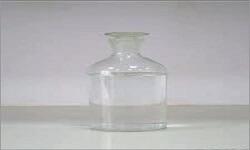Lecithin
|
IUPAC Name |
: (3-hexadecanoyloxy-2-octadecanoyloxypropyl) 2-(trimethylazaniumyl)ethyl phosphate |
|
Cas Number |
: 8002-43-5 |
|
HS Code |
: 2923.20.10 |
|
Formula |
: C42H80NO8P |
Basic Info
|
Appearance Name |
: Light Yellow Powder |
|
Common Names |
: Phosphatidylcholine |
|
Packaging |
: 25 Kg Bag |




---china.webp)
.webp)
